Hiking Safely in Hokkaido
, by Yuka
In this blog, Yuka gives practical tips on how to stay safe on Hokkaido's trails. While hiking in Hokkaido can be a wonderful and memorable experience, there are one or two things to keep in mind for your safety.

Majestic mountains. Ancient forests. Gorgeous rivers and lakes. Hokkaido is home to some of the best natural wonders in Japan, if not the entire world. Tourists, both domestic and international, flock here yearly to experience the island’s bountiful splendor. And while there are endless memories to make here, there are also certain precautions everyone planning to hike its trails should take.
Perhaps you’ve heard tales of the snow, the rough terrain—the bears! No need to fear. With a little preparation, anyone can enjoy this captivatingly beautiful island. Let’s go over the essential tips for hiking safely in Hokkaido!
Watch the Weather

Hokkaido has a reputation for being an extremely frigid, snowy place. This might be true during the winter season (which can last for nearly five months!), but both the summer and autumn seasons provide excellent conditions for hiking. There are, however, some important things to keep in mind.
Temperamental Temperatures
Temperature and atmospheric conditions in the mountains can change suddenly and dramatically. Firstly, morning and afternoon temperatures (on the same day, no less!) can feel like different seasons entirely. A very hot and sweaty 30°C hike in August can easily turn chilly if a cold front suddenly blows in.

There is also the matter of altitude. You might begin your hike sweltering beneath the sun’s rays, but find the wind picking up in intensity as you ascend the mountain. Before you know it, you’re surrounded by clouds and shivering from the cold. I remember climbing Mt. Oakan in June this year, sweating profusely until two-thirds of the way up the mountain, and being whipped around by cold winds for the remaining third. So it’s a good thing I brought my water-proof windbreaker! In general, the temperature drops by around 6°C for every 1000m (around 3.2°F for 1000ft) you go up. While it might be 22°C in Asahikawa, it will be closer to 10°C at the top of Mt Asahidake! In a nutshell, the higher you go, the colder it gets! Always remember to bring an extra layer, even in midsummer, even if it’s just for a day-hike! Check out our article on what to bring to Hokkaido for a more comprehensive packing list.

Humidity can also be a challenge during summer. While much less humid than the rest of Japan, a summer hike in Hokkaido can be a struggle. Do remember that a dry 25°C day is very different to a humid 25°C day. The latter is going to be much tougher! Always bring enough water to stay hydrated and ward off heatstroke. I personally bring a sports drink and energy jelly filled with electrolytes, as well. If you are on one of our guided tours, Adventure Hokkaido guides will always carry salt tablets, a real life-saver on humid summer days!
What’s the Weather? No– Where’s the Weather?
There is also the issue of mountain forecasts being very different to urban forecasts. Let’s say you checked the forecast for your much-anticipated Mt. Asahidake hike. A warm day with clear skies! Looking good, perfect conditions for a hike…
There’s only one problem. The forecast you checked was for Asahikawa, a city about an hour away from Mt. Asahidake, the place where you will actually be hiking. It might sound like common sense, but it is important to bear in mind that weather will be completely different in any surrounding town or city than the actual conditions in the mountains. This is why we always suggest the use of weather apps like Yr.no or Windy to our guests (and why we guides use it too). These apps can give you reliable mountain weather forecasts before your hike to ensure that you can make the wisest decisions for your safety.

But as we mentioned before, and as is the case anywhere else in the world, weather can be very unpredictable. Even if every single weather forecast you checked had no mention of rain, there is still a chance you might find yourself in an unexpected downpour. That’s why we encourage our guests to always bring a light, waterproof layer in their day pack. Another point to consider is that there is very little shelter in the mountains, so if inclement weather does occur, you will find yourself exposed to the elements and vulnerable to hazards like fierce squalls and lightning strikes. If a band of dark clouds is quickly approaching, it’s a good sign that you should be thinking about an early onsen… We want everyone to have an electrifying trip to Hokkaido—we don’t want you to actually get zapped!
Watch Your Step!

There is no question that Hokkaido is an excellent place for hikers and nature lovers in general. What guests may be surprised to find, however, is that the terrain here can be quite different to what they are accustomed to in their home countries. Some of our previous guests, experienced hikers who had hiked the European Alps their entire lives, expressed their shock to us at the roughness of Hokkaido’s trails. I can personally recall a frustrated comment a friend’s brother made when he visited four years ago: “Hasn’t this country ever heard of switchbacks?!”
So what is it that makes Hokkaido’s trails so rough?
Weather-Beaten Trails
We have discussed the somewhat wild temperature fluctuations in the weather section above. These conditions unfortunately also result in regular “freeze-thaw” cycles, in which ice melts as the day progressively gets warmer, only to freeze again once night falls. Water expands when it freezes, pushing outward against any material it may be trapped in. Consequently, Hokkaido’s trails in freeze-thaw cycles can suffer very serious damage even over the span of just one winter season.

In addition, due to the wild nature of Hokkaido’s trails, they tend to suffer from rather severe run-off issues, and can thus be extremely eroded. I can’t tell you how many times I have come across a section of trail that just sort of… well, wasn’t there anymore! I have also encountered stretches of trail scarred here and there by channels of rain water, making for a very uneven walking experience.
It is also not uncommon to have trails punctuated by puddles all the way to the summit. As such, we advise against wearing everyday trainers on these hikes and to bring with you waterproof, sturdy hiking boots– ones that can stand up to not only the moisture, but other potential hazards…
Trip Hazards
…Such as loose gravel! I was recently back on Mt. Asahidake, the tallest peak in Hokkaido. It was an amazing hike with spectacular views all the way up, but the trail was primarily composed of very loose gravel. As you can imagine, this made for a rather challenging ascent, and an even trickier way down. I slipped and fell on my bottom twice during that descent—a record for me! And I can’t tell you how many times I have come close to falling not on loose gravel, but because of the countless exposed tree roots that seem to be on just about every single trail on the island. Sure, sometimes they function as rather convenient steps up or down a slope, but all too often I find myself snagging the tips of my boots on them.

There is also the matter of rocks. I suppose it’s common knowledge that they become dangerously slippery when wet on misty or rainy days or when they’re peeking out of a shallow stream. But what took me by surprise during one of my hikes at Mt. Kurodake in Daisetsuzan National Park (where I am always able to spot an adorable little northern pika!) was that on that particular day, the rocks used for a little staircase to the mountain’s peak had become covered in frost. This made walking up that very steep staircase incredibly dangerous. One wrong step and splat! I could very well have become a mountain puddle myself! There were no signs warning hikers of this hazard, either. Kowai…! (Scary!)
But there’s no reason to get tripped up (pun intended) over this. While these kinds of potentially injury-inducing hazards are definitely out there, you (and your bottom) will do just fine if you concentrate and watch your step.
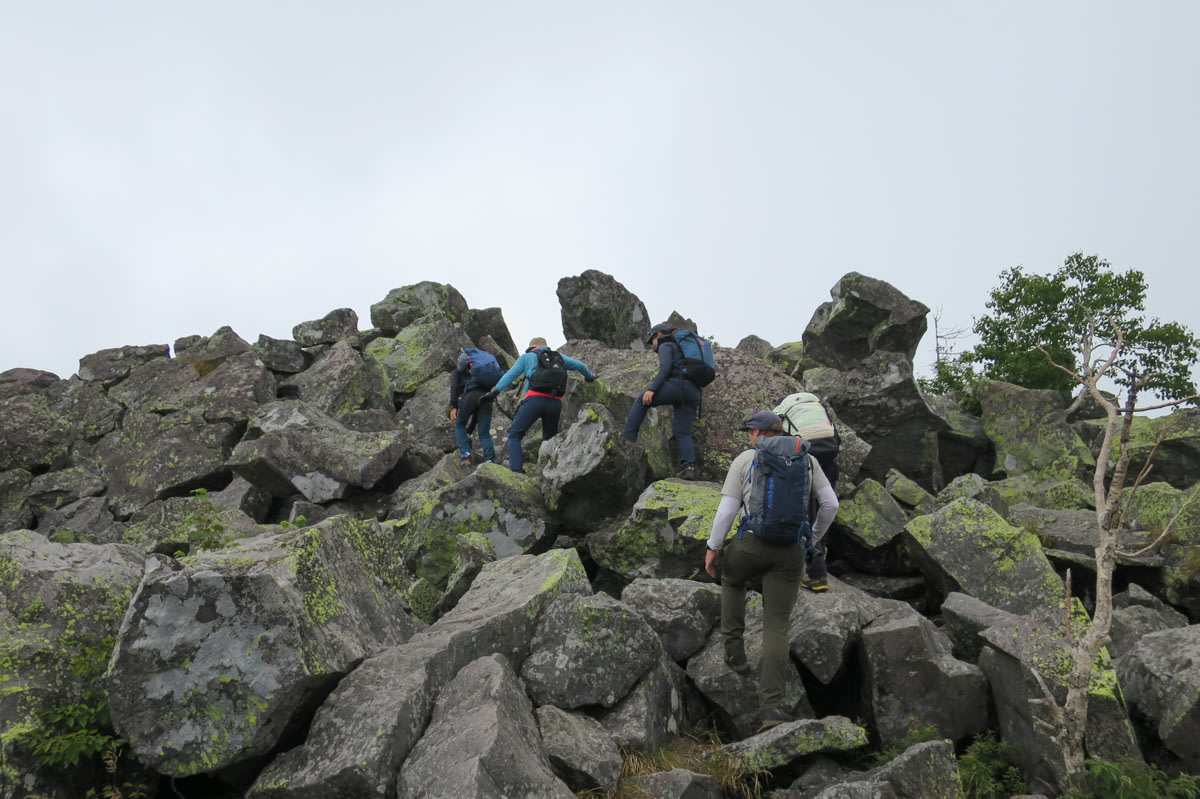
Keep in mind that it might take you longer to navigate eroded trails, muddy puddles, loose gravel, tree roots, and slippery rocks than the relatively hazard-free trails you might be accustomed to. A five-hour round hike might easily, given the right (or wrong) conditions, take six or seven. Remember also that some trails have curfews and may close the trailhead long before dark. So do plan ahead and give yourself plenty of time to enjoy your hike to the fullest!
Watch Out for Creatures Small!
We have written a useful guide to Hokkaido wildlife on our blog which can be referenced by anyone interested in the fascinating creatures that dwell here. Some of my personal favorites are the Northern Pika and the Siberian Flying Squirrel!

But as amazing as these animals can be, they are still wild creatures and can potentially pose a risk to your safety. So let’s take a look at how best to handle your interactions with our forest companions– both great and small!
Ticked Off!
We mentioned in the previous section about terrain that the trails here can suffer from a serious lack of maintenance. But how might this lack of maintenance increase the chance of a wildlife encounter?
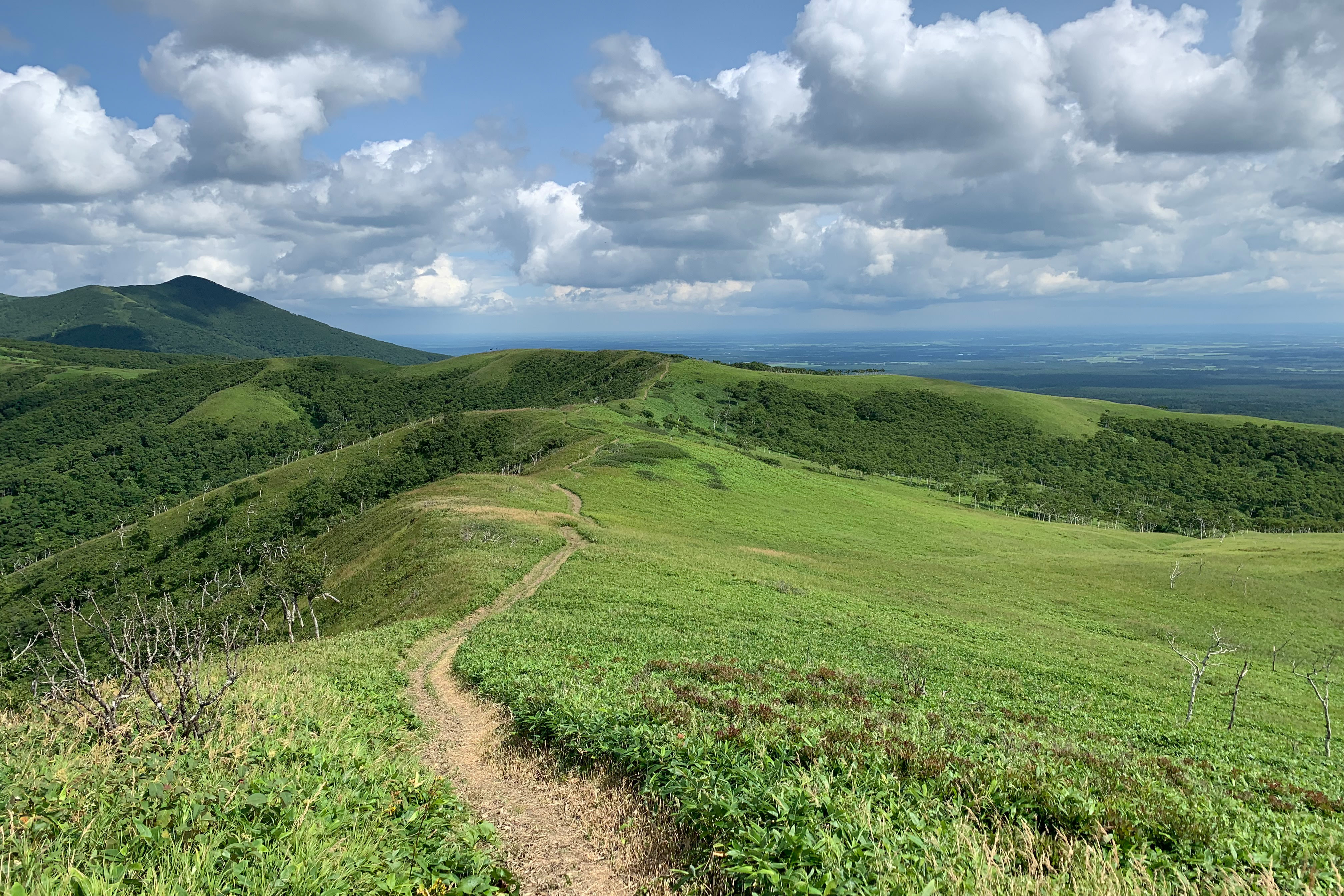
Well, irregular trail maintenance means a higher likelihood of overgrown trails. In Hokkaido, this often results in an abundance of bamboo grass, the perfect habitat for ticks. But it’s not just bamboo grass where you’ll find them. They might be lying in wait on fallen trees, or lurking on low-hanging branches. And while not every tick bite is serious, there is a possibility that they can transmit various diseases, the most notorious among them being Lyme Disease.
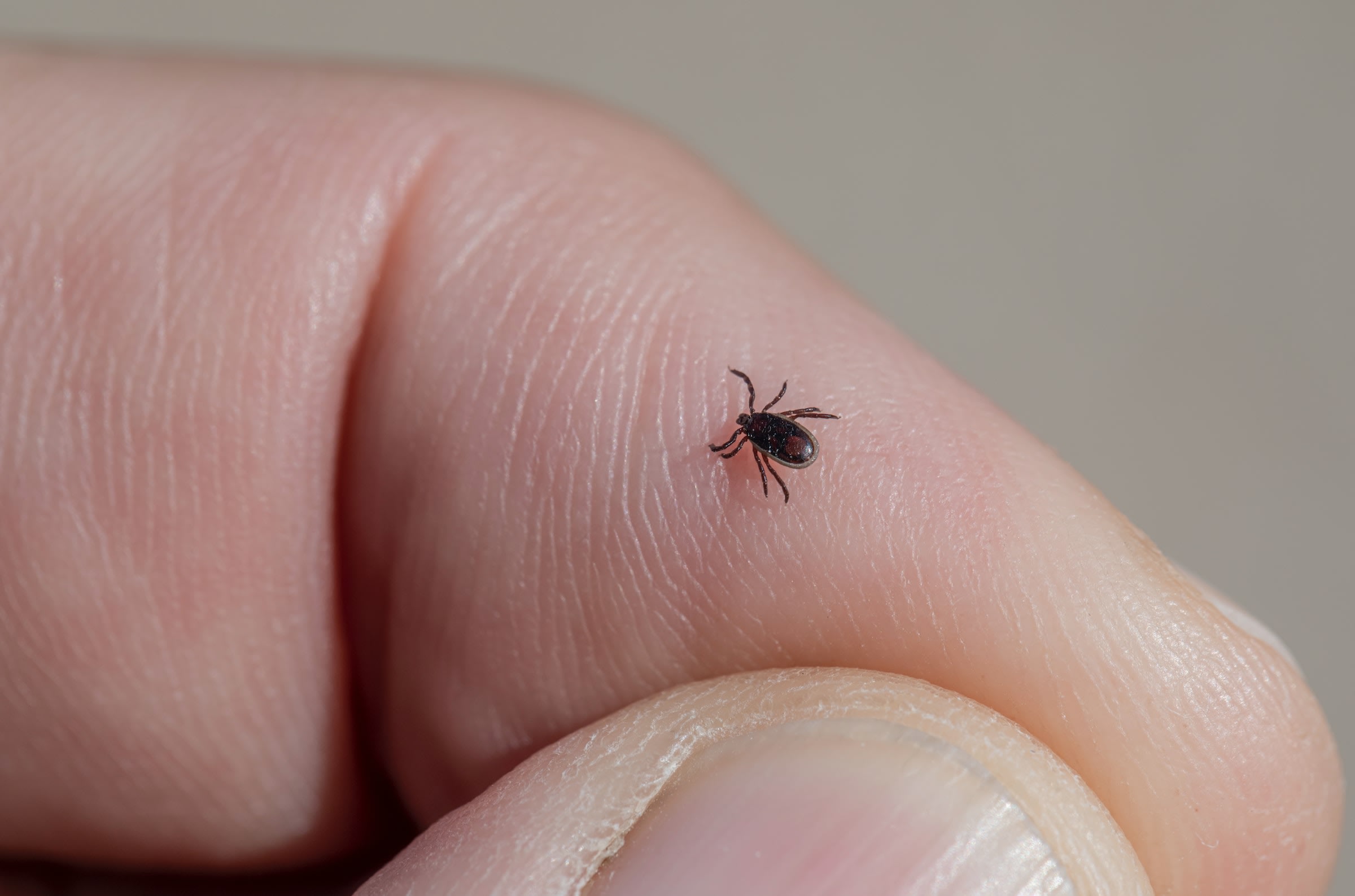
We encourage our guests to wear light colored clothing so as to more easily catch any ticks that have dropped on you, and to conduct quick tick checks after walking through particularly overgrown sections of trail. After the hike is over, be sure to do one last, thorough check of your whole body in the onsen– ticks aren’t fussy about where on a body they feed and can turn up in unexpected places! But in the event that you do find one burrowing in, be sure to properly remove it and sanitize the wound immediately. On our group tours, all guides carry tick removal tools. Please give us a shout if you find one– even if it’s in an embarrassing place! It’s better to let us know quickly rather than risk Lyme Disease. We recommend independent travellers pick up some removers, such as tick twisters. The removes take next to no space, but are invaluable if you've picked up an unwanted friend on a hike.
Echino-whattus?
While we’re on the topic of little critters, let’s discuss another tiny terror: the echinococcus parasite. If you’re not from Hokkaido, you’ve probably never heard of it before but it is something that everyone growing up in Hokkaido will tell you is a very real risk. The parasite is carried by the native fox population—and if it happens to find its way into your body in the form of unhatched eggs, it can do some pretty nasty things to your internal organs after it hatches. Let’s be clear: you do not want this parasite hiding out in your intestines! Luckily, avoiding it is really quite simple. For one, if you come across a fox, do not, under any circumstances, touch it. I know they can look incredibly cute and cuddly, but touching them is 100% a bad idea!

Moreover, the streams here are contaminated with the eggs and larvae of the echinococcus parasite, finding their way into the waters when foxes, ah, do their business in or near streams. This makes Hokkaido’s stream water very unsafe to drink on its own, so you absolutely must either filter or boil Hokkaido’s stream water before drinking it. Even Japanese people from other islands like Honshu or Kyushu express surprise at this fact!
We encourage visitors to bring enough drinking water with them on hikes. If you really would like to source your own water, it is important to research water sources on routes ahead of time and to know how to properly filter them. That’s it, really, two basic points. Don’t touch the foxes, don’t drink untreated water!
Horrible Hornets!
Our next creature has given me a fair deal of headaches over the years. It can be encountered anywhere in Hokkaido– either in the mountains or in the heart of town. I always roll my eyes the moment I hear its deep buzz…
An encounter with a Japanese hornet can be incredibly stressful. As big as your little finger, they will buzz around your face for as long as they feel like it. I’ve even had some follow me at a distance for a couple hundred meters up a mountain trail before sailing off to harass its next victim! Luckily, avoiding them is quite simple. Firstly, they are attracted to dark clothing, so lighter-colored clothing is recommended to prevent an encounter at all. As I mentioned before, pale clothes are also useful in spotting ticks– so if you haven’t yet invested in pale hiking clothes, best to do so as soon as possible! If a hornet does decide to bug you (pun intended), do not make any sudden movements or loud noises (easier said than done, I know!) Doing so may aggravate the hornet and prompt it to sting you. The best thing to do is be quiet and stay very still until it loses interest. It will fly away, and you’ll be able to enjoy the rest of your hike sting-free!
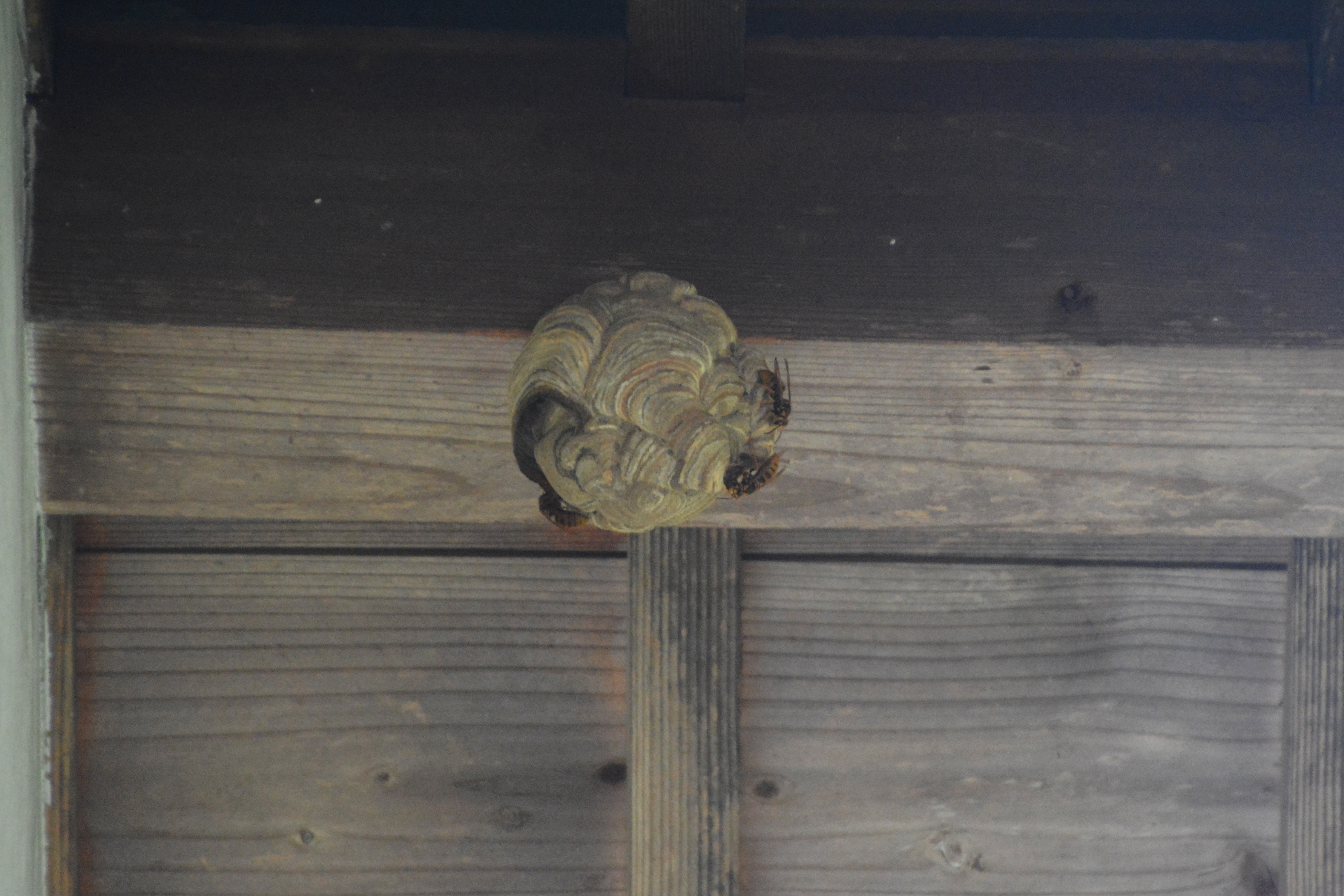
Buzz Off, Biting Bugs!
Much more persistent than hornets are the many biting insects, like horse flies, mosquitoes and gnats. They just do not give up! I’ve had to leave some peaks before I was able to fully enjoy the view because of these stubborn things. Luckily, their bites are significantly less harmful than the sting of a hornet (although they can be very itchy and sometimes swollen) and they can be kept away by using bug spray. We have found that sprays containing both picaridin and mint oil are the most effective in keeping these pesky flies at a comfortable distance.
Here There Be Bears… (And Other Beasties!)
So now we know how to manage our interactions with small creatures, but what about the larger ones? And when you think of Hokkaido, no doubt the first creature that comes to mind is the Brown Bear!
Hokkaido’s Brown Bears
As fate would have it, I had a very close encounter with a bear just the other day. Three bears, to be exact: a mother and her two cubs. Now, when it comes to bears, this is without a doubt the most dangerous situation you could possibly find yourself in. A mother bear will be extremely aggressive if she detects any sort of threat to her babies. Luckily for me, neither the mother nor her cubs seemed to show any interest in my presence, and just walked away.

Luckily for you, this kind of experience is the reality of most bear encounters in Hokkaido. The chances of actually getting into a stand-off with a bear are extraordinarily low. Hokkaido Brown Bears are especially shy creatures, unlike their more aggressive relative from North America, the Grizzly Bear. If they become aware of human presence, they will most likely leave the area. Typically, it’s only when they are startled, aiming for a food source or, as mentioned above, protecting their young, that they will be aggressive. This is why we encourage visitors to make as much loud, “human” noise as possible on their hikes. I’m talking about regular shouting, clapping, even singing your favorite recent pop hit! Make even more noise in overgrown areas with low visibility, or before turning a blind corner. Successfully alerting bears of your presence will keep them at a safe distance.
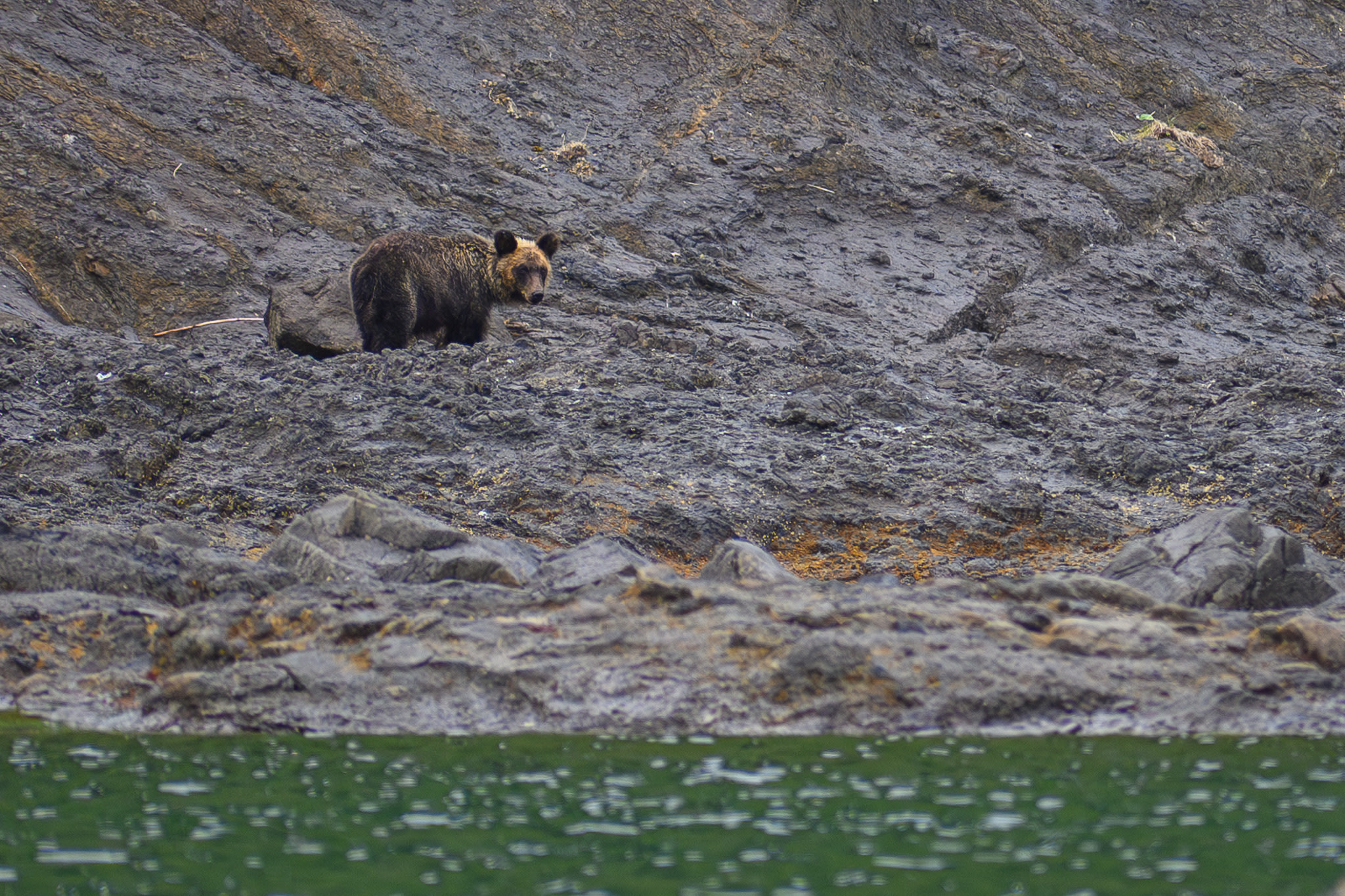
But wait a second—let’s go back to my recent bear encounter. I was making plenty of noise on my hike and I was in a very wide open space with little vegetation. Those three bears still came out of nowhere! What went wrong?
For one, it was a mildly windy day. Wind will significantly muffle sound and perhaps even prevent bears from hearing you. You can also end up downwind, so that bears won’t smell you either.
Secondly, bears in different areas may respond to humans differently. My encounter was in Daisetsuzan National Park, where bears and hikers cross paths more regularly than bears in other areas so there’s a possibility that the bears that I encountered could have been used to humans and just saw me as they would any other wildlife.
The reality is that you never truly know how a bear will react to you. In the unfortunate but unlikely event that a bear does exhibit worrying forwardness and approaches you, here are some tips on what to do and what not to do.
Back away slowly and calmly
Speak slowly and calmly
Do not show your back
Do not run or look away
Do not make sudden movements
Do not climb a tree or jump into water to escape
Certain trailheads offer rental bear spray, so if it will put your mind at ease, feel free to carry a canister of bear spray with you on your hike. Sounkyo Hostel, Shiretoko Nature Centre and Lake Mashu Kamuy Terrace near to the popular Lake Mashu all provide this handy service.

Also, when hiking in bear country, make sensible decisions about where and when you eat your food. Bears have an extremely heightened sense of smell, and even a small candy wrapper or freshly-opened bag of nuts can potentially attract them to your location. It’s sensible to pick up any litter or food you drop, no matter how small, to prevent hungry bears from roaming too close to the trail.
Snakes on a Trail
Perhaps since bears get all the attention as Hokkaido’s most “cool” animal, many visitors don’t associate Hokkaido with venomous snakes. There is, however, a venomous pit viper species here known as mamushi in Japanese. The best way to avoid an encounter with this snake is similar to that of a bear. If you walk with a heavy tread, the vibrations from your feet will frighten them and encourage them to move aside. Again, it’s all about preventing the encounter! If you do see one on the trail, keep a safe distance and wait for it to go on its way.
Additionally, wearing the thick, sturdy, waterproof boots we recommended in the terrain section will also offer suitable protection from mamushi fangs, should one lash out at you!
Attacks from the Air…
You might laugh at the next creature we discuss. Surely it’s not worthy of being included on this list alongside bears and snakes! Well, guess again…
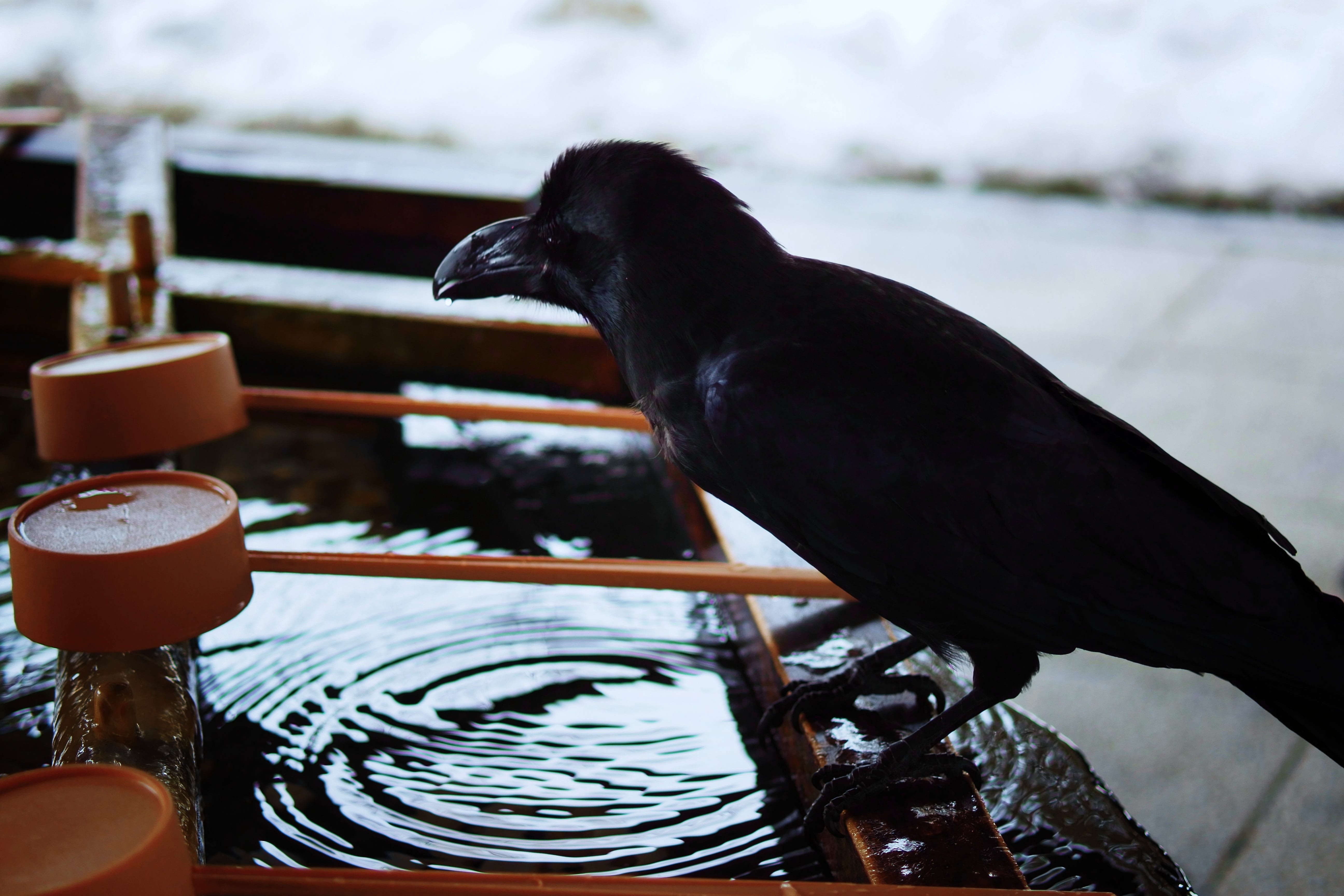
Crows in Hokkaido are bold, mischievous bullies. If you are from Australia, New Zealand or the UK, think of them in the same way you think of those mean seagulls after your fish and chips!
When walking down Odori Park in the heart of Sapporo, I saw one suddenly swoop down and peck at a poor woman’s head. And a friend of mine once told me how, as she was leaving a train station, about two or three of them swooped down and pecked and clawed at her head. They are just so mean! Crows are as aggressive in the mountains or the forest as they are in urban areas so be careful of your food when crows are around. There is absolutely nothing stopping them from swooping down and snatching your lunch!

The Power of Plants
There is fortunately an abundance of living things in Hokkaido that will never steal your lunch. By that, I mean the flowers, trees, moss and lichen! Over my time on the island, I have developed a profound appreciation for Hokkaido’s flora. The Milky Way Rhododendron fields around Mt. Io look beautiful in summer and the purple autumn bellflowers in Daisetsuzan National Park always bring a smile to my face!

But, there are some dangerous plants in Hokkaido that pose a risk to your safety, and which everyone should avoid touching. Poison Ivy, Poison Oak, the fatally poisonous Monkshood and various kinds of poisonous fungi, just to name a few. We stand by the age-old rule: if you can’t properly identify the plant, don’t touch it! You never know what might end up giving you a nasty rash, or worse.
Getting Lost
I’ve been hiking in Hokkaido for five years now, and I can safely say that I have never come across any hikers who have gotten themselves lost, nor taken a wrong turn. Trails here are for the most part well marked, and it is generally quite easy to keep track of the correct path. There are sometimes poorly marked trails, though, and signs containing important information will typically only be written in Japanese. We encourage our guests to be wary of this and do ample research before their hike, so as to avoid any confusion on the mountain.

With that being said, each one of Adventure Hokkaido’s self-guided guests will be supplied with maps and GPS data, ensuring safe navigation through any forest or mountain.
Stay Safe and Have Fun!
That just about covers it! We’ve discussed everything from muddy trails to venomous vipers, lumbering bears to lightning strikes. Weather, terrain, wildlife, plants, getting lost—each one of these can, with proper preparation and common sense, be navigated safely.
Still, we understand that dealing with all of this at once is a bit intimidating. If you’re still wondering about whether or not you could avoid harm while hiking in Hokkaido, remember that there is safety in numbers. Hiking with a group of family or friends will greatly reduce the chance of an accident. But if that’s not an option, then do consider our group tours! You’ll be joined by other like-minded adventure travellers as well as an experienced Adventure Hokkaido guide, who will be with you on the trail the whole time. All of us, myself included, take safety very seriously and we will do everything we can to make sure no harm comes to you on tour.
Have fun out there– and stay safe!

Ready to hit the trail?
Experience the best of Hokkaido's hiking on our hiking tours.